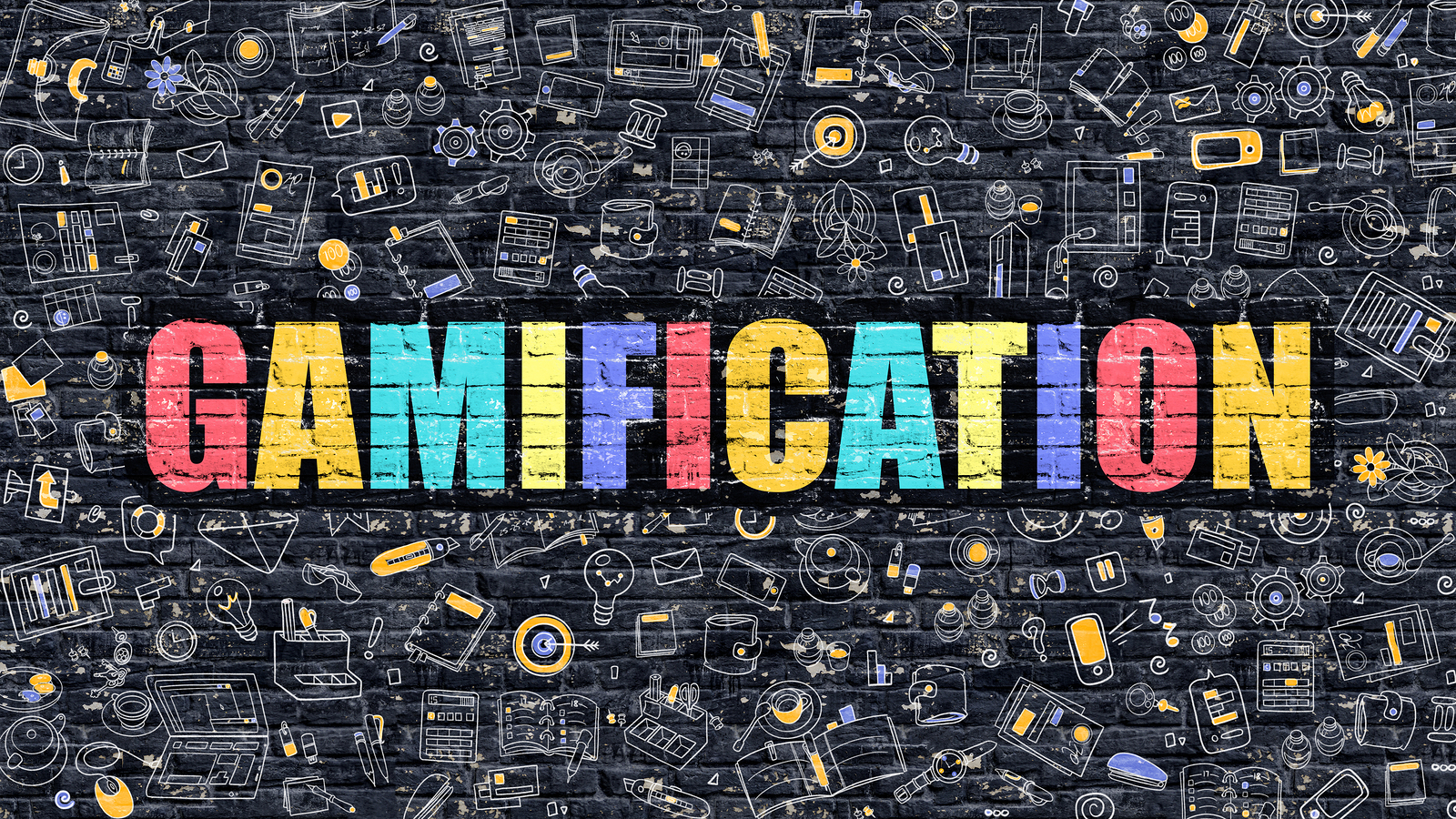The didactic sequences minimize the amount of time spent by the teacher on class preparation and work. They make it possible for teachers to develop the same topic for diverse academic classes, proposing activities with different degrees of difficulty.
Photo: Bigstock
If you are a teacher, you will know that preparing material for each class can be exhausting and time consuming, with many hours spent on designing and defining course activities. The objective of the teaching strategy based on didactic sequences is to make work more practical and meaningful for teachers when preparing the material and also for students when carrying out activities that they can apply in their daily lives.
The Let’s All Learn Program, led by Colombia’s Ministry of National Education, promotes the idea of designing didactic sequences that will make it possible to develop the same topic for diverse academic classes, proposing activities with different degrees of difficulty. This minimizes the amount of time spent on class preparation and is more practical for both teachers’ and students’ work. With didactic sequences, topics from different areas can be addressed through a cross-disciplinary approach in mathematics, language, natural sciences, art, English, among others, with different degrees of difficulty.
“With didactic sequences, we can develop the same topic for different academic classes with different levels of difficulty for areas like mathematics, language, natural sciences, art, English, among others.”
Some of the benefits of using didactic sequences are: the simplicity of class design; optimizing the learning time for different subjects; a more precise and objective evaluation; and the interaction of diverse groups of students without overlooking their individualities.
For example, topics related to numeration and mathematical operations can be approached by differentiating activities consistent with the degree of difficulty and materials according to the children’s age. Other appropriate subjects for designing didactic sequences are those related to language, social norms, natural resources and lessons on narrative texts, among many others. The effectiveness of the sequence depends on the teacher’s creativity.
We can easily address the curriculum through didactic sequences, since they permit a practical and meaningful cross-disciplinary approach, centered on the national model (Basic Competency Standards for Language, Mathematics, Science and Citizenship). Knowledge is assimilated rapidly and is easy to remember for students, which can be seen, for example, when children take exams and recognize the topics dealt with in the sequences. Therefore, this is a good option to make our work more pleasant and achieve better results.
“Other benefits of using didactic sequences in class are: the simplicity of class design, to optimize the time for learning in different subjects, to make a more punctual and objective evaluation; and the interaction of groups with diverse students without ignoring their individualities.”
The New School educational model is very close to our objective, since it places children in real contexts to solve familiar situations in their environment. Didactic sequences are divided into four phases: motivation, topic structuring, implementation and applying what was learned to everyday settings.
The structure of the sequences is based on the definition of topics by period and the learning standards. The overall objectives to be accomplished are defined and, then, the activities are designed, some of which are general and others correspond to the grade, considering the degree of difficulty:
1) Motivation. A fun activity is designed that is suitable for students of any grade or age, to introduce the topic in a pleasant, entertaining way, such as a game, group dynamics, a word search puzzle, a story, a movie, etc.
2) Structuring. Feedback is given on the motivation session by means of questions, and a topic is presented in a very specific manner, using language that is comprehensible for children of all ages.
3) Execution. Based on the students’ interests and needs, practical activities are scheduled so that each one of them can apply what they learned in class in a simple way, including individual or group workshops with different degrees of difficulty for each grade, and recreational activities, such as crosswords, drawings, jigsaws, etc.
4) Assessment. Activities are designed for students to complete at home with the help of their parents, taking into consideration their socioeconomic context, difficulties, needs, etc. Again, there are different degrees of difficulty for each grade.
The results of this strategy have been positive in rural communities. This is reflected in the results of the national Knowledge Tests, particularly in the basic areas of language and mathematics.
Didactic sequences can be implemented in every area of teaching. We just need to take some time to design them. As the years go by, the work becomes simpler because we only have to adapt the activities to the corresponding academic grades and to the sociocultural and economic changes and needs of the educational community.
I would like to invite all educators, especially primary school teachers, to design and publish didactic sequences so that an increasing number of institutions will commit to moving towards a more meaningful education. The institutional blog offers examples to give you an idea of how to start planning an activity using didactic sequences.
About the author
Merida Ardila Castillo is a Master of Educational Informatics Management. She is an elementary school teacher at the school Colegio Nuestra Señora de las Mercedes, in Lebrija, Colombia.
This article from Observatory of the Institute for the Future of Education may be shared under the terms of the license CC BY-NC-SA 4.0 
)
)






)
Fernando Patricio Pantoja Bedolla
Fernando Patricio Pantoja Bedolla
Fernando Patricio Pantoja Bedolla